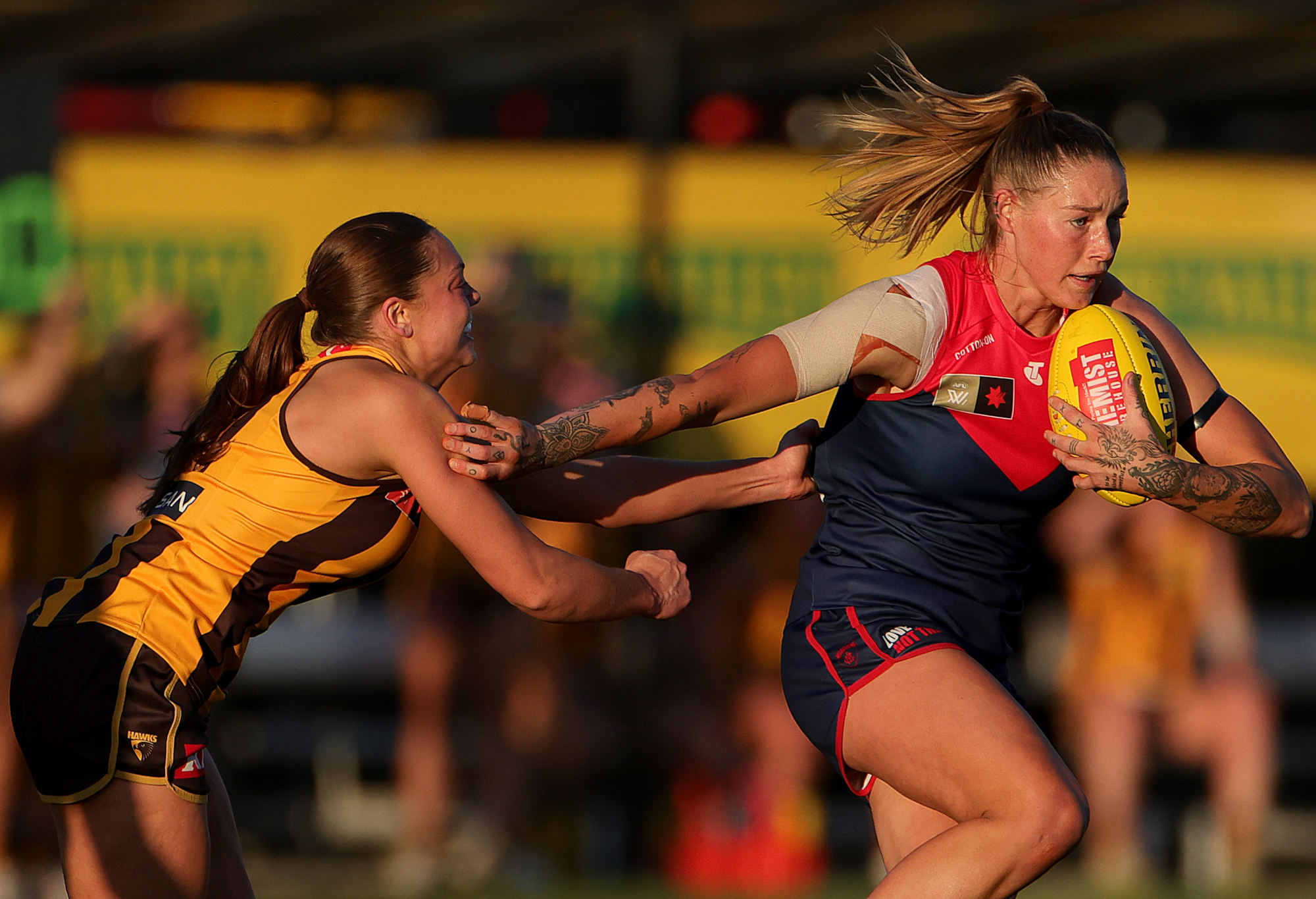Footy Fix: The Cats are inevitable - and they're smarter, clutcher, quicker, and scarier than ever
"I am inevitable" - Thanos, Avengers: Endgame You know that scene at the end of a horror movie where everyone thinks the killer is…
Opinion
There is no doubt women’s football is important, for reasons ranging from equality to health.
There is also no doubt that the standard and skills of AFLW are improving and will continue to do so, however there is also no doubt that the “W” has not captured the imagination of fans or sponsors.
Since its inception in 2017, average crowds have dropped from 6,800 to 2,800 in 2023, with an average of 180,000 people watching in 2017 compared to just over 53,000 now.
Initially, there were eight teams, but now there are eighteen. Teams don’t play each other, so the ladder doesn’t make much sense and there is no way to appreciate the stats. But the “W” still aims for a seventeen game season and pay parity. How can that happen?
The competition faces stiff opposition from soccer, basketball, netball, and hockey, all of which are international sports.

Melbourne’s Tayla Harris fends a Hawthorn opponent. (Photo by Kelly Defina/Getty Images)
While soccer enjoys a significant advantage in terms of international success and recognition, the other codes provide strong alternatives. Moreover, these sports are non-contact whereas both the AFL and the “W” must confront the issue of body contact becoming a major factor in the future of the game.
Another problem is the draw, which fails to inspire interest. Predicting outcomes or applying “footy science” to them is challenging.
Additionally, the advertising of the game seems to lack a target market. While women’s sports do receive representation in sports advertising, it is largely driven by international identities.
All Australian Rules football leagues, except the AFL, struggle to attract attendance and viewers.
The “W” also shares inherent problems with the AFL. There are too many teams in Melbourne and none in Canberra, Tassie, or the Northern Territory.
Furthermore, there’s a substantial gap between the best and worst teams, which may improve as more players develop, but even the AFL men’s competition struggles to find enough quality players for eighteen teams.
So, perhaps the “W” should proactively seek remedies outside the traditional AFL structure.
Could the AFLW adopt a two-division system with promotion and relegation? This could lead to a more competitive standard of play, while providing fans with something easier to follow and understand. With 9 rounds, 1 bye each week, a final 4, two grand finals and the interest in relegation or promotion, this approach could generate excitement.

Collingwood’s Brianna Davey. (Photo by Michael Willson/AFL Photos via Getty Images)
Other proposed changes include:
Moreover, the AFLW should be exploring alternative broadcast ideas such as Monday nights or reverting to a summer, nighttime fixture.
Despite these challenges, there are still positives to highlight.
The “W” is establishing a presence in local communities, utilising smaller suburban grounds to build a dedicated supporter base and offer development opportunities.
There has also been an increase in younger players participating, which bodes well for the future. While there is a supporter base, identifying and appealing to it is crucial. Convincing ardent anti-“W” supporters is unlikely.
The “W” needs to build its independent identity to thrive.